Planetary Science
-
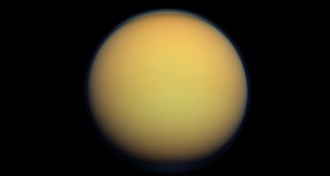 Planetary Science
Planetary ScienceTitan’s origins linked to Oort cloud
The building blocks of Titan may have formed in the early solar system, not from a warm disk around Saturn when the planet was young.
-
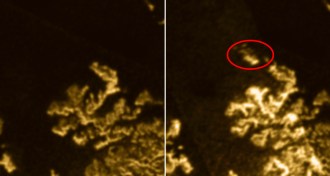 Planetary Science
Planetary ScienceMystery patch found floating on Titan’s seas
Changes on the surface of a methane lake on one of Saturn’s moons may signal the onset of summer there.
-
 Astronomy
AstronomyRosetta spacecraft is closing in on comet 67P/C-G
The Rosetta spacecraft is still on track to pull up and park next to comet 67P/Churyumov–Gerasimenko in August.
-
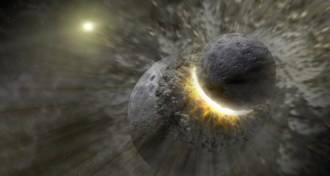 Planetary Science
Planetary ScienceMoon’s origins revealed in rocks’ chemistry
A new chemical measurement of rocks from Earth and from the moon supports the giant impact hypothesis, which explains how the moon formed billions of years ago.
By Meghan Rosen -
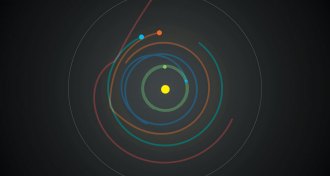 Planetary Science
Planetary ScienceDo-it-yourself solar system
If you've always wanted to build your own solar system, roll up your sleeves — SuperPlanetCrash is an online solar system simulator, set up as a game.
-
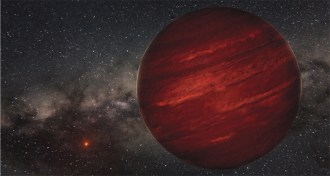 Astronomy
AstronomyYoung, hot exoplanet takes title for longest year
Newly discovered exoplanet sits a whopping 2,000 times farther from its star than Earth does from the sun.
-
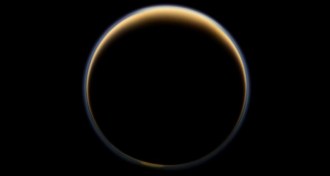 Planetary Science
Planetary ScienceTitan’s haze gives clues to clouds on exoplanets
Titan’s hazy atmosphere may help astronomers better understand what’s going on in the clouds of exoplanets.
-
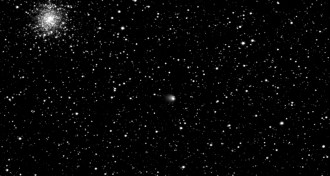 Planetary Science
Planetary ScienceRosetta spacecraft’s comet develops dusty envelope
Comet 67P/Churyumov-Gerasimenko, the target of ESA’s Rosetta mission, has developed a dust coma.
-
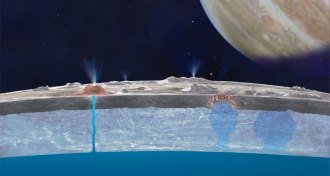 Planetary Science
Planetary ScienceThe ice of a distant moon
Jupiter’s moon Europa hides a liquid ocean, and conceivably life, under kilometers of ice. The challenge for engineers is how to penetrate that frozen barrier with technology that can be launched into space and operated remotely.
By Meghan Rosen -
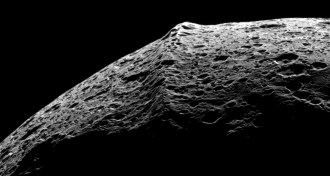 Planetary Science
Planetary ScienceMountains on Saturn moon may have come from space
A mountainous ridge around the equator of Iapetus, one of Saturn’s moons, may have formed from cosmic debris.
By Meghan Rosen -
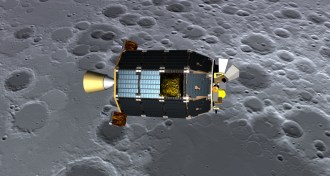 Planetary Science
Planetary ScienceRIP LADEE: 9/6/2013 – 4/18/2014
NASA’s Lunar Atmosphere and Dust Environment Explorer (LADEE) mission ended April 18.
-
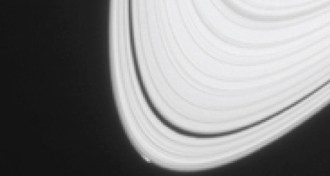 Planetary Science
Planetary ScienceSaturn may be getting a new moon
An icy object within Saturn's rings may be a new moon in the making.